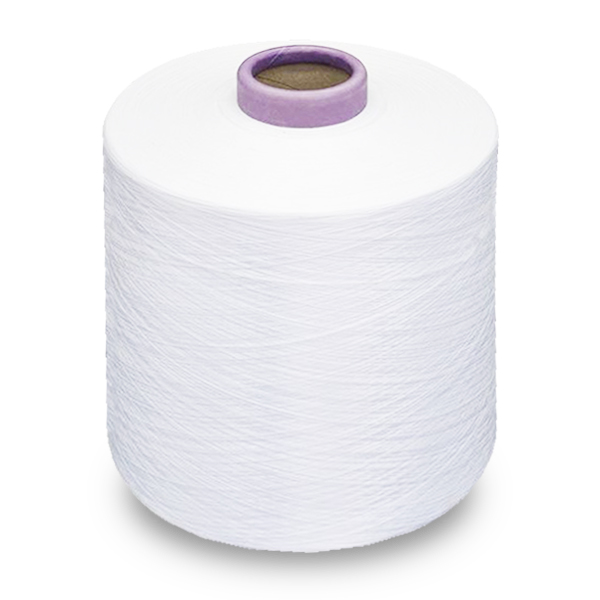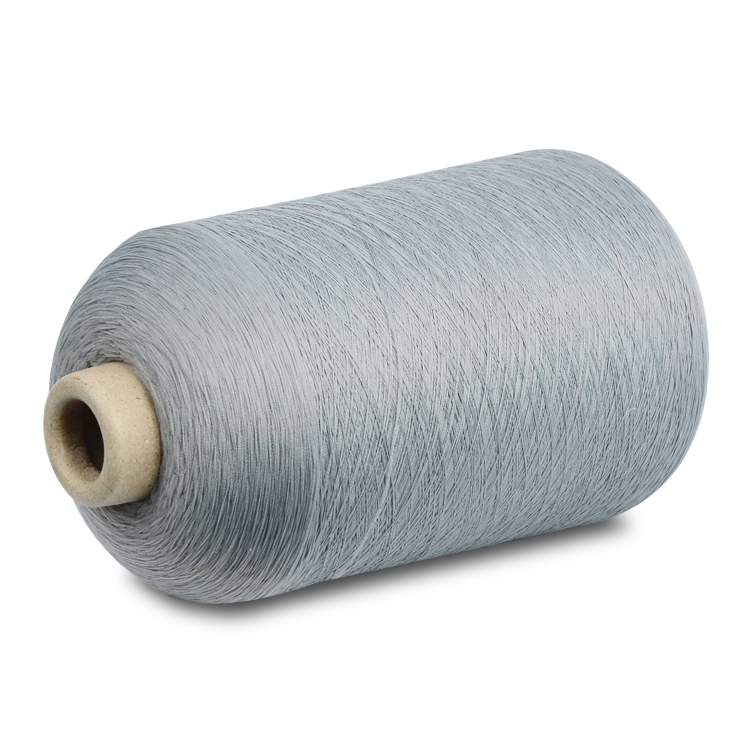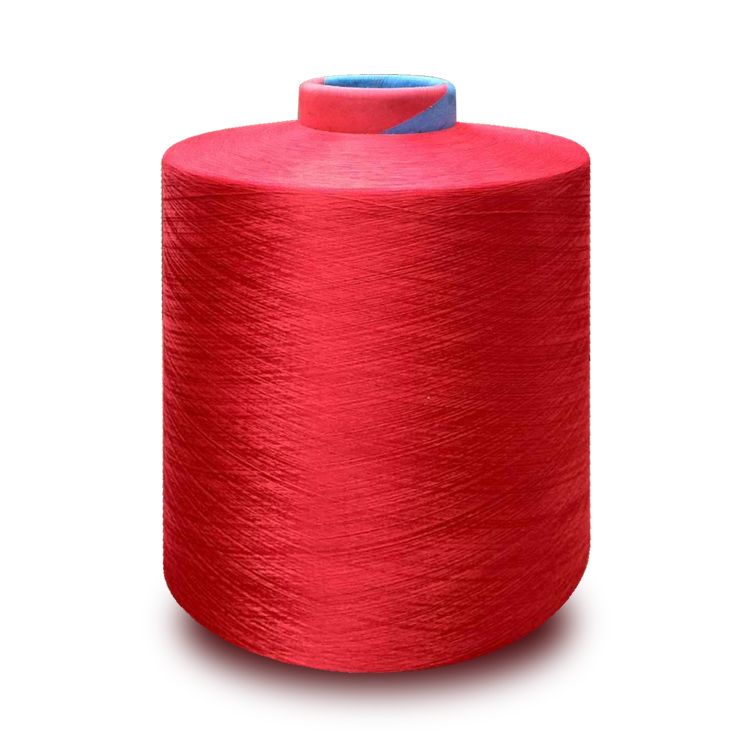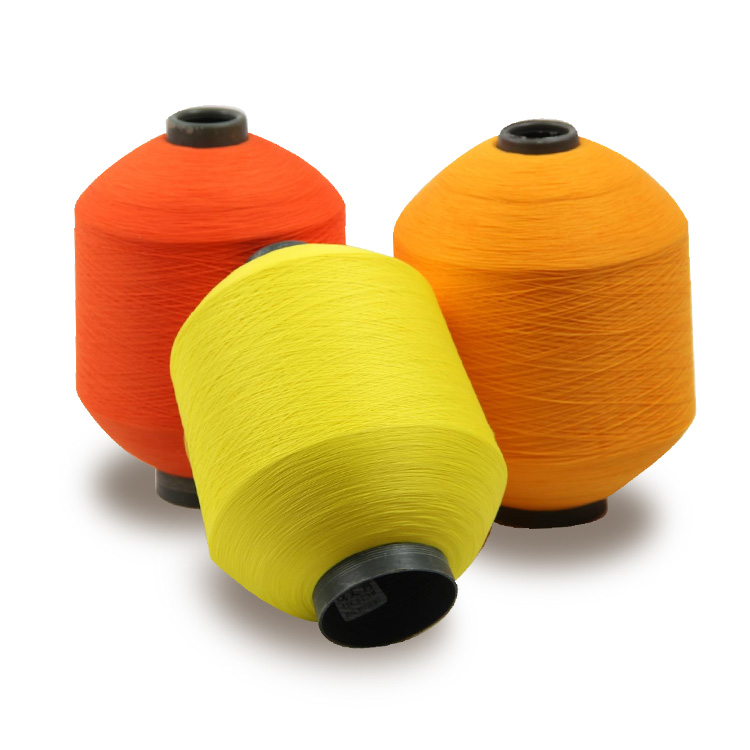
What problems should be paid attention to in card sliver yarn thread quality control(1)
In general carding yarn thread system, the process after carding basically no longer has the function of loosening, yarn thread carding and removing impurities, so the quality of sliver, especially the content of neps and impurities, directly affects the quality of yarn thread.
Therefore, the quality control of raw slices is particularly important.
A. Raw sliver quality of yarn thread indicators:
The quality indicators of raw sliver can be divided into two categories: Regular inspection items and reference items in operation and production.
(1) Recurrent inspection items of yarn thread:

1. Raw sliver evenness
The unevenness rate of raw sliver of v reflects the unevenness of the thickness of each meter segment of raw sliver.
There are two kinds of inspection indexes: Sarschs and Uygur. Generally, Sarschs should be controlled in the range of 14%-18%, and Uygur special sliver should be controlled in the range of less than 4%.
2. Weight irregularity of sliver yarn thread
It reflects the unevenness of 5-meter sliver thickness, and the unevenness of weight should be controlled below 4.0%.
3. Neps and impurities in sliver yarn thread
It reflects the number of neps and impurities contained in each gram of sliver. The index is set by the enterprise according to the product requirements.

4. Short fiber rate of raw sliver
It refers to the percentage of fibers below 16mm in the sliver yarn thread.
To some extent, the carding process not only excludes short staple, but also produces short staple.
The production of short fibre yarn thread in ordinary carding machine is larger than that of exclusion, so the content of short fibre yarn thread in sliver is generally more than that of cotton roll.
After adopting multi-suction point suction, the amount of short fibre and dust discharged by carding machine is greatly increased. The content of short fibre in sliver is less than that of cotton roll, and the rate of short fibre in sliver is generally controlled within 4%.
(2) Reference indicators:
Cotton web clarity is a comprehensive index reflecting the structure of cotton web.
Visual observation of fiber yarn thread straightness, separation and uniform distribution in cotton web can quickly understand whether the mechanical state and process configuration of carding machine are reasonable.

B. Control of neps and impurities in sliver:
Neps and impurities in sliver directly affect the knotting and fabric yarn thread defects of carding yarns, and affect the normal movement of fibers in drawing, twisting and winding of spinning yarns threads, resulting in the deterioration of yarn thread evenness and the increase of yarn thread defects and broken ends.
Therefore, it is necessary to control and reduce the number of knots and impurities in sliver.
In production, control and management should be strengthened and backward machines should be rectified so as to minimize the dispersion of neps and impurities between machines.
Because the fibers yarn thread in the cleaning and carding processes have to be strongly attacked and carefully combed, the number of neps has increased, especially in the carding process, immature fibers yarn thread are attacked and rubbed repeatedly by the jagged taker-in rolls, and are easy to twist into neps in the working areas of cylinder and cover plate; in addition, some of them are with fibre impurities, stiff cotton or knots.
The fibers and bundles produced in the cleaning process are also easily converted into neps.
Therefore, from raw cotton to raw sliver yarn thread, the percentage of impurity weight decreases rapidly, but the number of impurities increases gradually, and the weight of each impurity decreases.
The number of neps and impurities in raw sliver increases after coarsening, but in spinning process, because some neps and impurities are wrapped in the inside of the sliver, the number of neps and impurities in yarn thread is 20%-40% less than that in raw sliver.
(Not finished)




